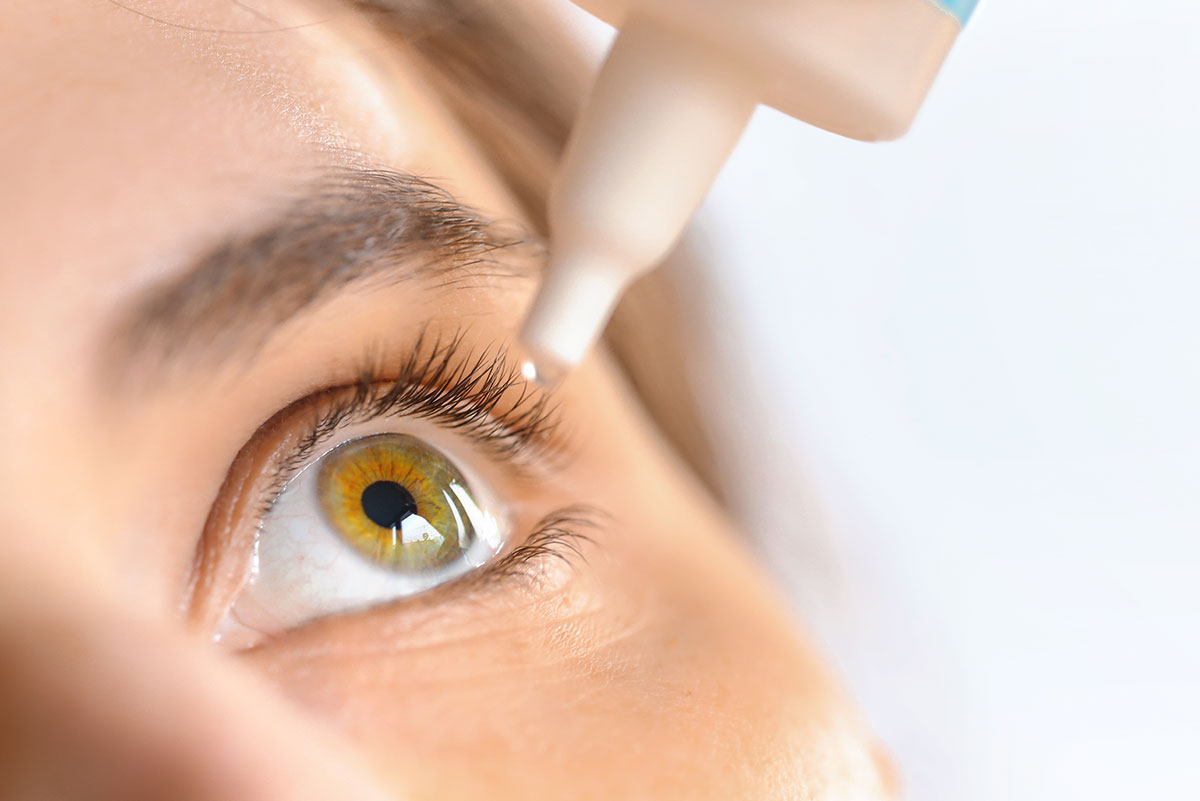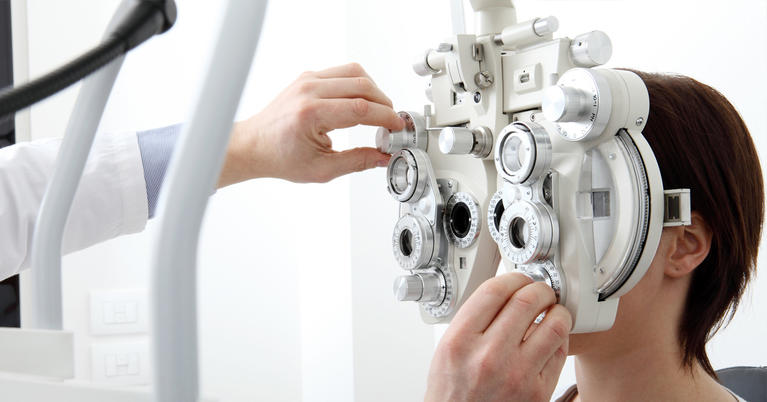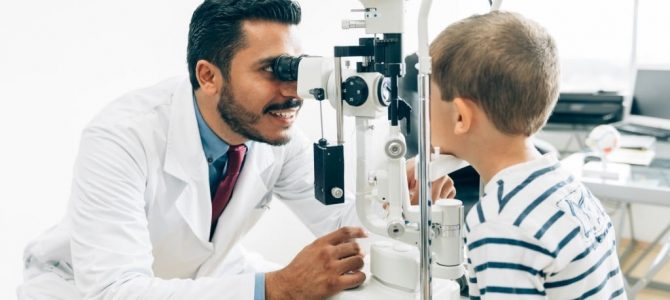Specialist Glaucoma Service Near Me: Specialized Care at Our Clinic
Specialist Glaucoma Service Near Me: Specialized Care at Our Clinic
Blog Article
Checking Out the State-of-the-Art Technologies Made Use Of for Detecting and Treating Eye Conditions
In the realm of ophthalmology, the advancement of technology has substantially improved the tools readily available for detecting and dealing with various eye conditions. From innovative imaging modern technologies that offer thorough understandings into ocular structures to robotic-assisted procedures that provide unrivaled precision, the landscape of eye treatment is regularly developing. With the integration of man-made intelligence in diagnostics, gene therapy developments, and digital reality rehab, the possibilities for enhancing individual outcomes are broadening at a rapid rate. The convergence of these advanced modern technologies holds the guarantee of revolutionizing the field of ophthalmology, providing brand-new avenues for individualized and efficient treatments.

Advanced Imaging Technologies
Advanced Imaging Technologies have actually changed the area of ophthalmology by supplying comprehensive and precise visualization of the eye frameworks. Optical Coherence Tomography (OCT) stands apart as a key modern technology in this realm. OCT uses light waves to record high-resolution cross-sectional pictures of the retina, permitting for the identification of minute architectural adjustments. This non-invasive technique help in the early discovery and surveillance of numerous eye conditions such as macular deterioration, diabetic retinopathy, and glaucoma.
In Addition, Fundus Photography is one more necessary tool in ophthalmic imaging. This strategy includes recording in-depth images of the back of the eye, including the retina and optic disc. Fundus Digital photography aids in recording the progression of eye conditions, examining treatment efficacy, and educating individuals about their eye health and wellness.

Robotic-Assisted Surgery
Robotic-assisted procedures have dramatically advanced the capabilities of sensory surgical procedure, introducing a new period of accuracy and effectiveness in dealing with different eye conditions. By incorporating robotic modern technology right into medical treatments, ophthalmologists can attain unmatched precision and control, bring about enhanced person outcomes.
Among the primary benefits of robotic-assisted surgical treatment in ophthalmology is the enhanced dexterity and security it uses to surgeons. The robot arms can execute precise motions with a high degree of precision, enabling fragile treatments with minimal invasiveness. This degree of accuracy is particularly beneficial in surgeries involving the retina, where even minor errors can have considerable ramifications for an individual's vision.
Moreover, robotic-assisted medical systems offer real-time imaging and responses to the cosmetic surgeon, enabling them to make informed decisions during the treatment. This modern technology improves the cosmetic surgeon's situational recognition and permits for modifications to be made without delay, making certain optimal outcomes for the individual.
Artificial Intelligence in Diagnostics
With the advancement of advanced technologies enhancing medical precision in ophthalmic procedures, the assimilation of Expert system in diagnostics has actually become a crucial advancement transforming the field of eye care. Artificial Intelligence (AI) formulas are being progressively utilized to evaluate intricate information from imaging technologies like optical coherence tomography (OCT) and fundus photography to help in the early discovery and exact medical diagnosis of different eye conditions. These AI systems can efficiently determine patterns and anomalies in images that may not be discernible to the human eye, allowing quicker medical diagnosis and therapy preparation.
AI algorithms can also anticipate page condition progression, recommend customized therapy strategies, and evaluate the efficiency of interventions. By streamlining the analysis procedure, AI not just enhances the performance of eye care specialists but additionally boosts patient results by allowing prompt treatments. As AI continues to advance, its duty in diagnostics is expected to increase, offering new opportunities for very early treatment and individualized treatment in the field of ophthalmology.
Gene Therapy Developments
In the realm of ophthalmic innovations, recent strides in genetics therapy developments have triggered substantial rate of interest among researchers and medical care specialists alike. Gene therapy holds tremendous guarantee in changing the treatment of various eye conditions by targeting the underlying hereditary causes. By introducing genetic click over here material right into cells to make up for uncommon genetics or to provide an absent gene, genetics therapy uses a customized technique to attending to acquired eye problems such as retinitis pigmentosa, Leber congenital amaurosis, and others that were formerly thought about untreatable.

As study in genetics therapy remains to breakthrough, the capacity for tailored treatments for a wider variety of eye problems expands, providing new expect people with genetic eye illness.
Digital Truth Rehabilitation
Online reality recovery has actually arised as an advanced strategy in improving the healing and rehabilitation processes for individuals with different visual impairments. refractive surgeries in al. By mimicing real-world environments through immersive modern technology, online fact supplies an unique system for vision treatment and rehabilitation. This cutting-edge approach enables people to take part in interactive exercises and activities made to improve visual skill, depth perception, eye coordination, and general visual functioning
One key advantage of online fact recovery is its capability to personalize treatment programs based upon the specific needs and capabilities of each person. Via real-time responses and tracking, medical care specialists can track development, change treatments, and give customized treatment to maximize end results. In addition, online fact modern technology can produce a regulated and safe room for people to exercise visual tasks, conquer challenges, and construct self-confidence in a digital setting prior to transitioning to real-world situations.
Verdict
Finally, the improvements in imaging technologies, robotic-assisted surgeries, man-made knowledge diagnostics, genetics therapy technologies, and digital truth rehabilitation have considerably improved the diagnosis and therapy of eye conditions. glaucoma service near me. These advanced innovations have actually revolutionized the area of ophthalmology, enabling more efficient and precise treatments. As modern technology remains to progress, the future of eye care looks promising with the potential for also more ingenious services to improve client results
In the his explanation world of ophthalmology, the evolution of innovation has dramatically boosted the tools offered for identifying and treating numerous eye problems. Fundus Digital photography helps in documenting the development of eye conditions, examining therapy effectiveness, and informing people concerning their eye wellness.
Artificial Intelligence (AI) formulas are being significantly used to assess complicated data from imaging technologies like optical coherence tomography (OCT) and fundus photography to help in the early detection and exact diagnosis of different eye conditions.In verdict, the developments in imaging technologies, robotic-assisted surgeries, artificial intelligence diagnostics, genetics treatment technologies, and online reality rehab have substantially improved the medical diagnosis and treatment of eye problems. As technology proceeds to evolve, the future of eye care looks appealing with the possibility for even more innovative options to boost patient results.
Report this page